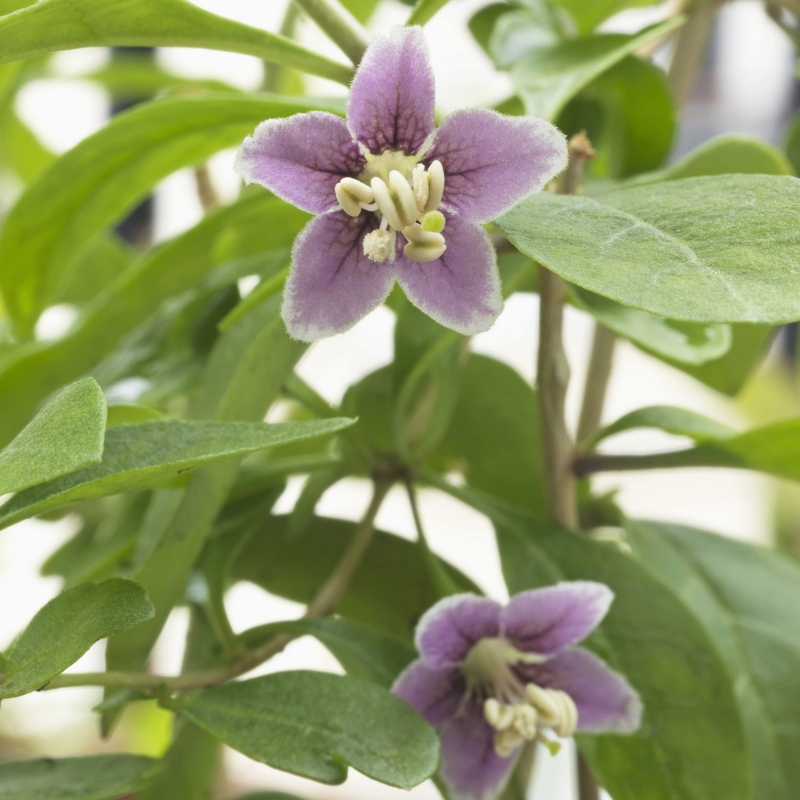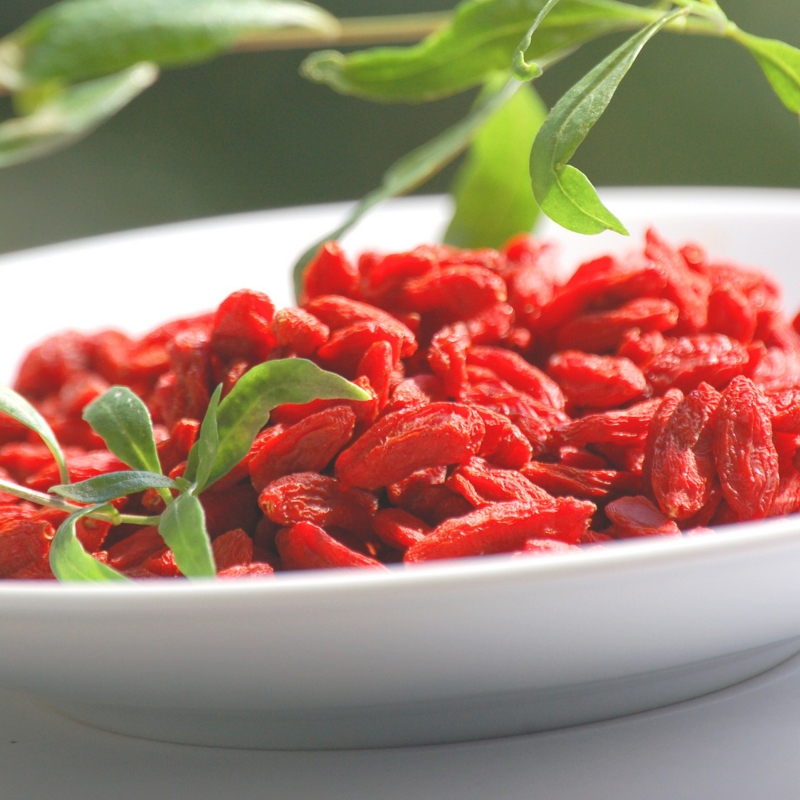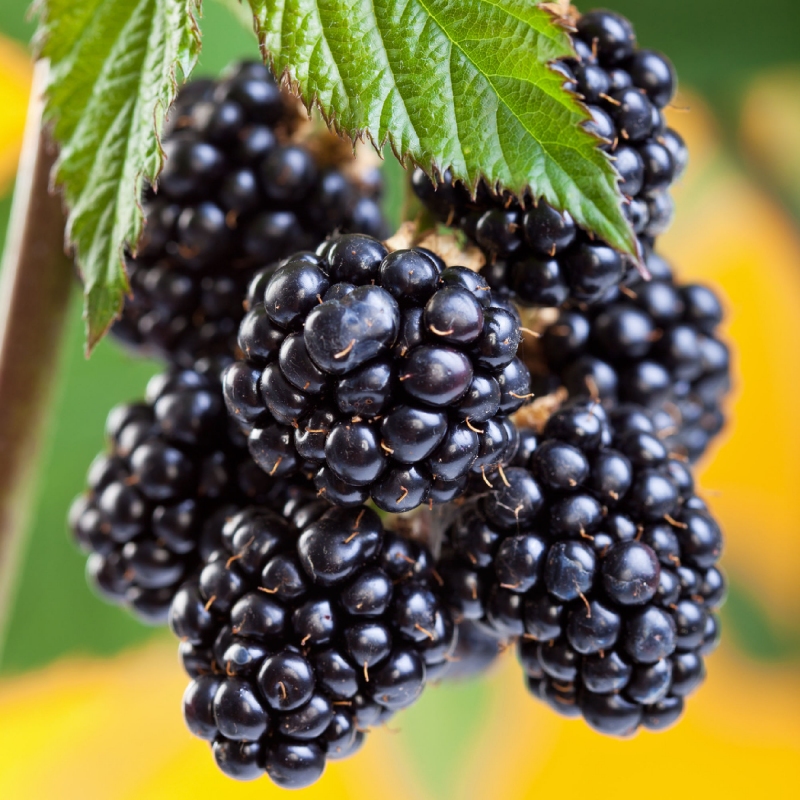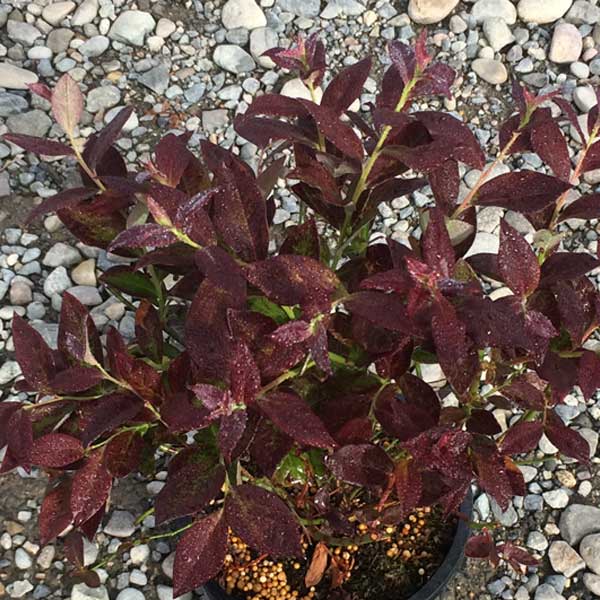




Gogi Berry Plant With White Blooms
Lycium chinense Goji Berry
85 reviews
Gogi Berry Plant With White Blooms
Lycium chinense Goji Berry
85 reviews
- High in antioxidants and other nutrients
- Produces delicious and nutritious berries
- Beautiful white blooms add aesthetic appeal to your garden
- Recommended by landscape designers for optimal fit in real yards
$75.00
$108.00
30% Off
- Ships to in 3-5 Days
- Free Shipping Over $150
- Plant Arrival Guarantee
- In Stock
- Free Plant Consult
$200 - Landscape-Approved: Every Plant We Sell Comes With Design Expertise Behind It
2.5 Qt.
We are sorry, product is currently out of stock due to seasonal availability. Please check the "Related plants available in your area" section below
Not just beautiful - intentionally selected by ShrubHub's 3D landscape design team to fit real-world spaces and maximize yard potential.
Why Gogi Berry Plant With White Blooms?
The Gogi Berry Plant with white blooms (Lycium chinense Goji Berry) is a beautiful and unique addition to any garden. This plant produces small, white flowers that eventually develop into delicious red berries. The white blooms add a subtle elegance to the plant's appearance, making it a stylish choice for landscaping. Additionally, the berries are rich in antioxidants and nutrients, making them a healthy snack option.
Related plants available in your area
Sunlight
The Gogi Berry Plant with white blooms requires full sun to thrive and produce abundant fruit. It is best planted in an area with at least 6-8 hours of direct sunlight per day. Insufficient sunlight may result in poor growth and low fruit production.
Watering
The Goji Berry plant with white blooms requires regular watering, especially during dry periods. It is essential to keep the soil consistently moist but not waterlogged. Proper watering is crucial for the plant's growth, flowering, and fruit production. Be
Fertilizing
Gogi Berry plants with white blooms typically require a balanced fertilizer with a higher ratio of phosphorus to promote flowering and fruit production. A slow-release fertilizer with an N-P-K ratio of 10-20-10 is recommended, applied in spring and early s
Gogi Berry Plant With White Blooms (Lycium chinense Goji Berry)
The Gogi Berry Plant is a beautiful and versatile addition to any garden. With its stunning white blooms, this plant not only adds aesthetic appeal but also produces delicious and nutritious berries. The Lycium chinense Goji Berry plant is known for its high levels of antioxidants, vitamins, and minerals, making it a popular choice for health-conscious individuals.
This plant is relatively easy to grow and requires minimal maintenance. It thrives in well-drained soil and full sunlight, making it suitable for a variety of climates. The Gogi Berry Plant can be grown in containers or directly in the ground, making it a perfect choice for both beginner and experienced gardeners.
When in bloom, the Gogi Berry Plant produces delicate white flowers that attract pollinators such as bees and butterflies. These flowers eventually give way to small, red berries that are packed with flavor and nutrients. The berries can be eaten fresh, dried, or used in a variety of culinary dishes.
In addition to its culinary uses, the Gogi Berry Plant has also been used in traditional Chinese medicine for centuries. It is believed to have a range of health benefits, including boosting the immune system, improving eyesight, and promoting overall well-being.
Overall, the Gogi Berry Plant With White Blooms is a versatile and beautiful addition to any garden. Whether you're looking for a nutritious superfood or simply want to add a touch of elegance to your outdoor space, this plant is sure to impress.
Plant Information:
| Botanical Name: | Lycium chinense Goji Berry |
| USDA Zones: | 3 - 10 |
| Mature Height: | 10 ft |









Pollination Info
Pollination Information for Goji Berry Plant with White Blooms (Lycium chinense)
Goji berries, also known as wolfberries, are small red berries that are native to China. The Goji Berry Plant (Lycium chinense) produces white blooms before developing into the delicious berries. Pollination is an essential part of the berry production process. Here are some key points about pollination for the Goji Berry Plant:
1. Self-Pollination
Goji berry plants are self-fertile, meaning they have both male and female reproductive organs and can pollinate themselves. This makes them easy to grow and maintain in home gardens.
2. Insect Pollination
Although Goji plants can self-pollinate, they can benefit from insect pollination as well. Bees, butterflies, and other insects are attracted to the sweet scent of Goji blooms and help transfer pollen from one flower to another, resulting in more abundant fruit production.
3. Optimal Pollination Conditions
For the best pollination results, plant Goji berry bushes in a location with plenty of sunlight and good air circulation. Make sure to provide a source of water for pollinators, such as a shallow dish of water or a nearby birdbath.
4. Hand Pollination
If you have a small number of Goji berry plants or want to ensure maximum fruit set, you can also hand-pollinate the flowers. Simply use a small brush or cotton swab to transfer pollen from one bloom to another.
5. Pollinator-Friendly Garden
Creating a pollinator-friendly garden with a variety of flowering plants can attract more bees and other pollinators to your Goji berry bushes. This can help improve fruit set and overall plant health.
FAQ
FAQ for Gogi Berry Plant With White Blooms (Lycium chinense Goji Berry)
What is a Gogi Berry Plant?
A Gogi Berry Plant is a species of the Lycium chinense Goji Berry that produces white blooms and eventually bears small red berries.
How do I care for a Gogi Berry Plant?
Gogi Berry Plants prefer full sun and well-drained soil. They should be watered regularly, especially during hot and dry periods. Pruning can help shape the plant and promote fruit production.
When do Gogi Berry Plants bloom?
Gogi Berry Plants typically bloom in late spring to early summer. The white blooms are followed by small red berries in the fall.
Are Gogi Berries edible?
Yes, Gogi Berries are edible and are known for their nutritional benefits. They are often eaten fresh, dried, or added to smoothies and other dishes.
Do Gogi Berry Plants attract pollinators?
Yes, Gogi Berry Plants are attractive to bees and other pollinators, which helps with fruit production.
How large do Gogi Berry Plants grow?
Gogi Berry Plants can grow up to 5-7 feet tall and wide, depending on growing conditions and pruning practices.
Can I grow Gogi Berry Plants in containers?
Yes, Gogi Berry Plants can be grown in containers as long as they have enough space for root growth and receive adequate sunlight and water.
Planting & Care
Gogi Berry Plant With White Blooms (Lycium chinense Goji Berry) Planting & Care
Planting:
- Choose a sunny location with well-draining soil for planting.
- Plant the Gogi Berry plant in the spring, after the last frost.
- Dig a hole twice the size of the plant's root ball and place the plant in it, making sure the crown of the plant is level with the soil surface.
- Fill the hole with soil and gently pat it down to remove air pockets.
- Water the plant thoroughly after planting.
Care:
- Water the Gogi Berry plant regularly, especially during dry periods.
- Apply a balanced fertilizer once a year in the spring to promote growth and fruit production.
- Prune the plant in the late winter to remove dead or damaged branches and shape the plant.
- Protect the plant from strong winds by providing a windbreak if necessary.
- Harvest the Gogi Berries when they are fully ripe and red in color.
By following these planting and care tips, you can enjoy beautiful white blooms and delicious Gogi Berries from your Lycium chinense Goji Berry plant.
Check Out These Verified Customer Reviews:
Customer Reviews
4.7 out of 5 based on 85 reviews
Thank you! Your review has been submitted.
The condition of the berries upon arrival was excellent, no squished or rotten ones.
Fresh and flavorful berries
I love how versatile these berries are - perfect for snacking or adding to recipes.
Item has been added to your cart.






















